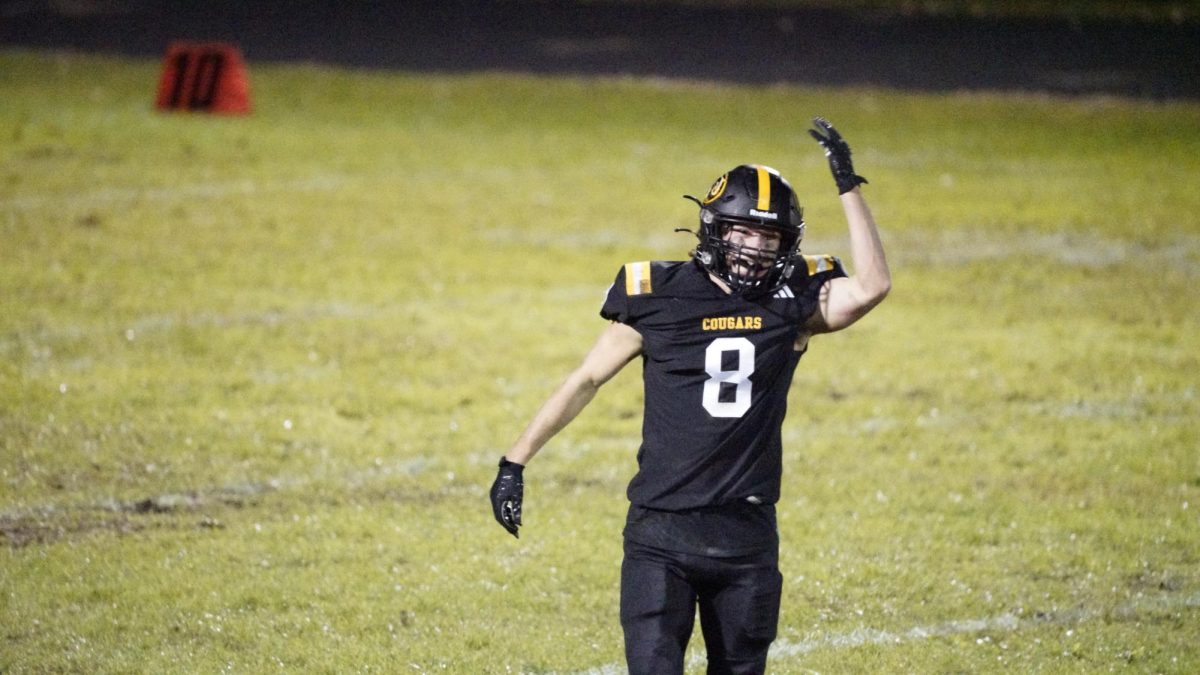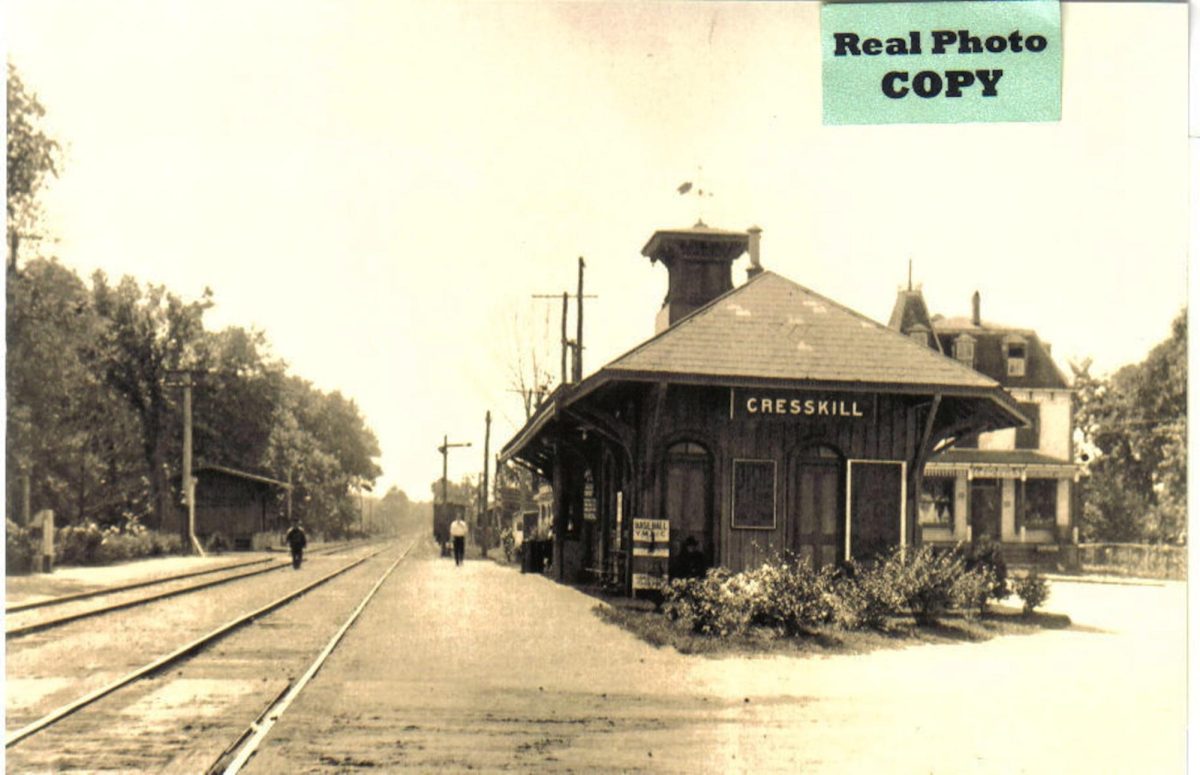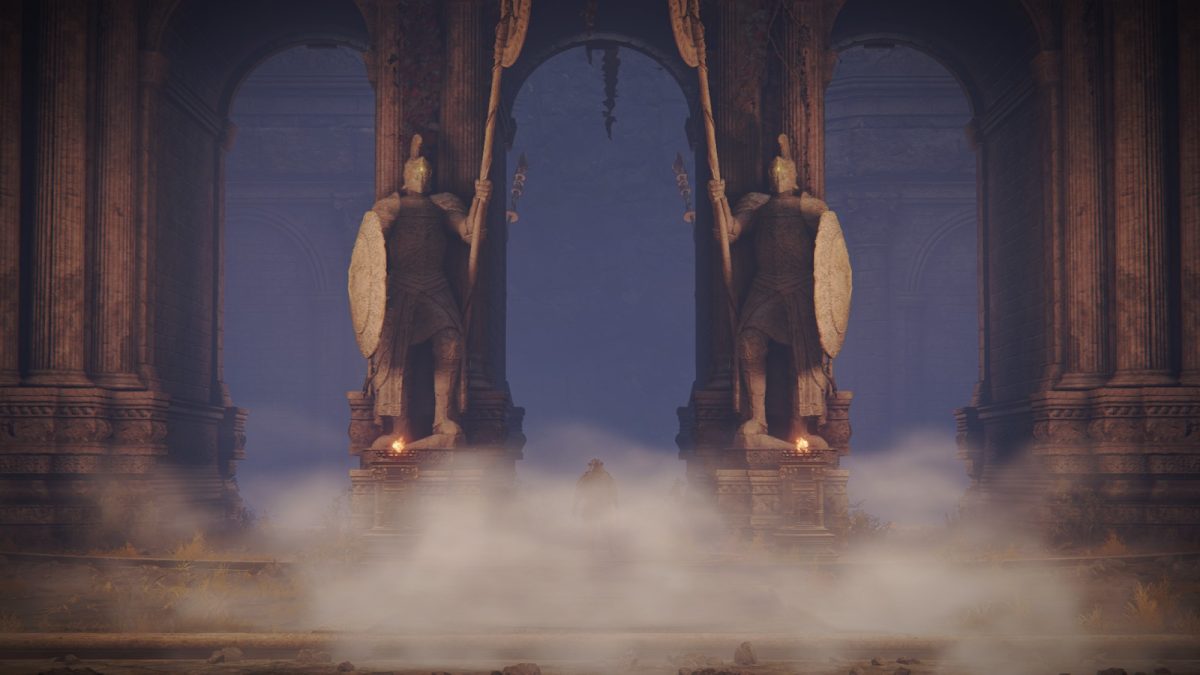In the heart of the ongoing discussions about improving our beloved Cresskill High School, a pertinent question has surfaced: should we transition from our traditional grass sports field to a modern turf field? While it may seem trivial, this is a debate that has been going on for years and involves the issues of practicality, aesthetics, and the well-being of our athletes.
The Turf Advocates:
Proponents of the transition argue that turf fields bring a multitude of benefits to the table. First and foremost, they are known for their durability. Unlike grass, which can get muddy and uneven, turf provides a consistent playing surface, unaffected by weather conditions. This property could mean fewer canceled games and practices due to inclement weather, providing our teams with more opportunities to showcase their talents.
Maintenance is another key consideration. Turf fields generally require less upkeep than grass. No more mowing, watering, or worrying about bald patches; a well-designed turf field can endure heavy usage without showing signs of wear and tear. This ease of maintenance could translate into financial savings and more time for our dedicated grounds crew to focus on other aspects of our school’s landscape.
Moreover, turf fields have an edge when it comes to accessibility. They are usable in almost any weather condition, offering a 24/7 playing surface. This means additional opportunities for practices, matches, and events, promoting an active and engaged student body.
The Grass Advocates:
On the flip side, advocates for natural grass fields emphasize the intrinsic connection to tradition and nature. There’s a unique charm in playing on real grass, they argue, and it fosters a sense of pride in maintaining a connection to the natural environment.
Environmental considerations are also crucial. Natural grass contributes to air purification, groundwater recharge, and overall biodiversity. Choosing grass aligns with an eco-conscious approach to landscaping, promoting a healthier and more sustainable school environment.
Critics of turf fields often raise concerns about player safety. While technological advancements have made modern turf fields safer than their predecessors, questions linger about the potential for injuries, especially concerning abrasions and burns.
Pros of Turf Fields in Athlete Injury Prevention:
- Consistent Playing Surface: Turf fields offer a uniform and stable playing surface, reducing the likelihood of tripping or stumbling on uneven terrain.
- Predictable Traction: Turf fields provide reliable traction regardless of weather conditions. This can prevent slips and falls, common causes of injuries in sports, particularly during inclement weather.
- Quick Drainage: Turf fields are designed for efficient drainage, reducing the chances of water accumulation. Wet and slippery surfaces can increase the risk of injuries, so effective drainage is significant in injury prevention.
Cons of Turf Fields in Athlete Injury Prevention:
- Abrasion Risk: Friction burns or abrasions, commonly known as “turf burns,” can occur on turf surfaces.
- Heat Retention: Turf fields can absorb and retain heat, leading to higher surface temperatures, especially in warm climates. This can contribute to heat-related issues, including dehydration and heat exhaustion.
- Impact on Lower Extremities: Some studies suggest a potential link between turf surfaces and a higher risk of certain lower extremity injuries, such as ACL tears. While the research is ongoing, this concern underscores the importance of thorough investigation and understanding of the specific turf system in use.
- Surface Hardness: Depending on the infill material and design, turf fields can have varying levels of surface rigidity. Excessive hardness may contribute to increased impact forces, potentially leading to injuries.
Pros of Grass Fields for Athlete Injury Prevention:
- Natural Surface Impact: Grass provides a softer and more forgiving surface compared to turf. This can be advantageous in reducing impact-related injuries, such as concussions and joint injuries, as it offers a more natural cushioning effect.
- Slip Resistance: Grass tends to be less slippery than turf, especially in wet conditions. Athletes are less likely to experience slips and falls, reducing the risk of sprains and strains.
- Temperature Regulation: Grass fields tend to be cooler than artificial turf. This can be beneficial in preventing heat-related illnesses during hot weather, as athletes are less likely to overheat.
Cons of Grass Fields for Athlete Injury Prevention:
- Uneven Surface: Natural grass surfaces may not always be perfectly level. This can lead to uneven footing, increasing the risk of trips, slips, and ankle injuries, especially if the field is not well-maintained.
- Weather Dependency: Grass fields are more susceptible to weather conditions. Inconsistent weather can lead to muddy or slippery surfaces, potentially increasing the risk of injuries.
- Field Hardening: In certain weather conditions, natural grass fields may become harder. This can increase the impact force on falls, potentially leading to more severe injuries.
- Maintenance Challenges: Maintaining a high-quality grass field requires ongoing care, including regular mowing, fertilization, and pest control. If maintenance is neglected, the field’s condition may deteriorate, increasing injury risks.
The most important thing to consider are the opinions of the athletes on the matter. Charlie Diamond, senior varsity wide receiver on the Cresskill High School football team, who suffered a broken ankle in the 2022-2023 season, voiced his opinions playing on varying fields. He believes “the turf contributed to my ankle injury. The turf has more resistance and therefore the turf, unlike grass, was not able to give, causing my foot to get “stuck” in the ground.” In addition, many other players from the football team are not fans of the turf burn, it causes “bleeding and it also hurts more being tackled on harder surfaces”.
In summary, the choice between grass and turf involves a trade-off between various factors, including injury prevention. Natural grass has its advantages in providing a softer, more shock-absorbing surface, but it also comes with challenges related to maintenance and weather dependency. One major downfall of adding a turf field in the school is the fact that we are in a flood zone. Floodwaters can introduce various contaminants, including sediments and pollutants. The turf material and infill used in the field must be resilient to such exposure, and it will be very difficult to build an efficient drainage system. Ultimately, the decision should consider the specific needs of the athletes, local climate, and available resources for field maintenance.








